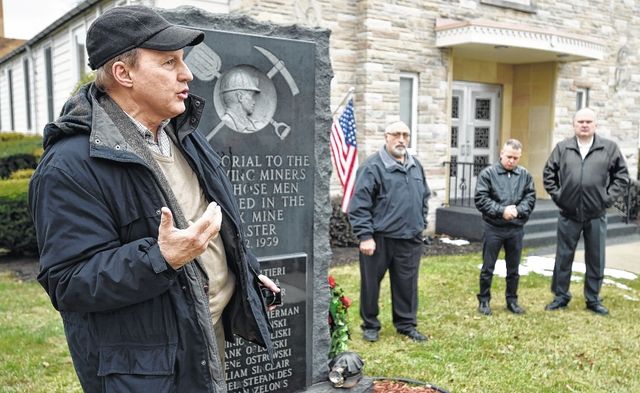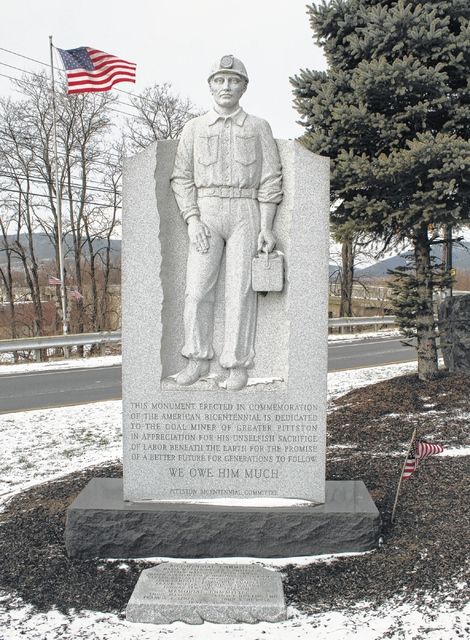Click here to subscribe today or Login.
In Robert Wolensky’s eyes, the area’s mining history shared the same fate as the coal breakers that once dotted the local landscape.
“Anthracite history was a history to be forgotten for many years locally,” said Wolensky, a member of the Anthracite Heritage Foundation board of directors and adjunct professor of history at King’s College in Wilkes-Barre. “People did not want to remember our greedy coal town past. We were just a greedy, dusty old coal town and let’s forget about it and get on with the future. That was a real problem around here, but a few of us said, ‘No, we have to remember this history — preserve it.’”
Members of the heritage foundation set out with that mission in mind when they created Mining History Week in 1999. The event expanded three years ago to encompass the entire month of January, now recognized regionally as Mining History Month. This year’s celebration of the area’s mining heritage includes a full slate of events, including a 7 p.m. Jan. 20 presentation from Wilkes-Barre native Christine Patterson, entitled “African American Coal Miners in Northeastern Pennsylvania: A Personal Perspective.”
“Every group that has been in coal mining has been accepted after all the fighting or bickering has taken place, that is, all coal miners with the exception of African Americans,” Patterson said. “When we start looking at African Americans, they’ve always been on the periphery. The research that has been done about them … there’s very little that has been done.”
Patterson said she took her grandchildren to Scranton’s Pennsylvania Anthracite Heritage Museum in 2015 and it was their first exposure to mining history — a history lived by their grandmother’s family. Patterson’s father, a Wilkes-Barre native, was an African American who worked as a coal miner from 1920 until 1956. He left the mines for a time to enroll in World War II, but returned home to work when a need for skilled miners arose. It’s this family history — and the desire to tell the African American mining story — that drives Patterson to research the subject for a future publication.
“I want them to know their history, but not only should they know their history, everyone should know that,” Patterson said. “When you tell coal mining history they were a part of that history. It was not just Irish and the Welsh and the Polish. African Americans were a part of that history. Why should they be left out when we talk about building this country?”
Patterson’s presentation will take place in Room 101 of Wilkes University’s Stark Learning Center, 15 S. River St., Wilkes-Barre.
Mining History Month will also feature a program from 7 to 8:30 p.m. Jan. 25, at Misericordia University’s Mary Kintz Bevevino Library called “Oral History Projects in Northeast Pennsylvania: The Importance of Stories.”
Program moderator and Misericordia University Assistant Professor of History and Government Jennifer Black said she has a special focus on public history — history written for citizens, not academics. She has helped her students build a library of local history at MULocalHistoryProjects.org for the public, including a series of historical content centered around the Pittston area.
Jan. 25’s program, featuring local authors, academics and proponents of history, will address topics like the importance of everyday accounts of life in a community, not just highlighting specific incidents from a history text book.
“Oral histories aren’t just an important way to study the past, but also help us put a voice to that history, to connect the lived experience of people in the past to remnants of that experience that we see in our own contemporary society today,” Black said.
Wolensky said a renewed interest in local history among young people like the students of Misericordia University is a prevailing reason for the revived focus on mining history.
“The different mindset is we should now celebrate this history,” Wolensky said. “It’s really taken off and it’s just delightful to see the recognition of this aspect of our industrial history.”






